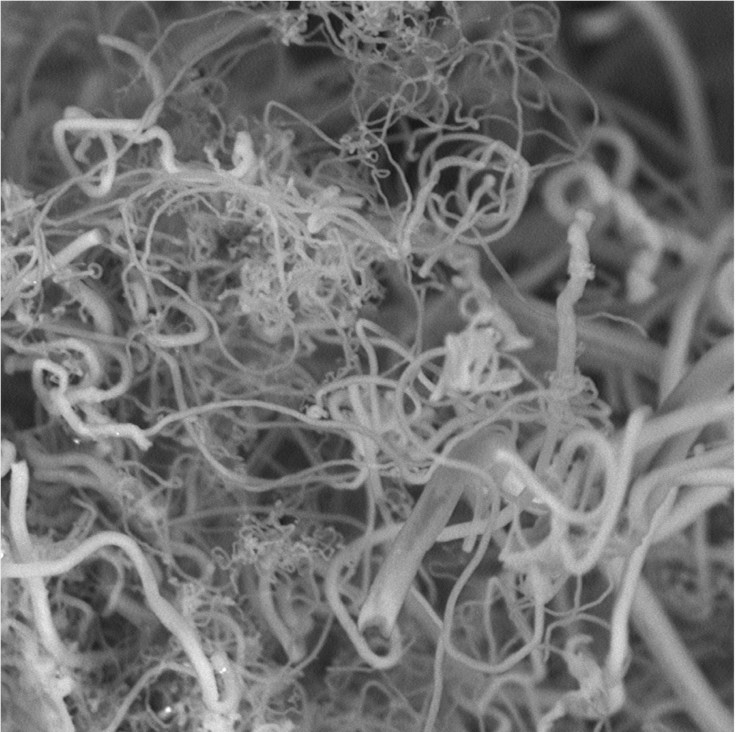New method creates less expensive carbon nanofibres, may reduce carbon emissions

A new technology has been developed that could take carbon dioxide, or CO2, from the atmosphere and turn it into useful manufacturing material called carbon nanofibers. Scientists suggest that the new method could also help reduce the CO2 levels in the atmosphere.
Researchers of the study, published in Nano Letters, said if the system is to be scaled up, it could have a drastic impact on CO2 emissions. In an area less than 10 percent the size of the Sahara Desert, the system could reduce enough atmospheric CO2 levels produced in the pre-industrial revolution within 10 years.
The study was presented at the meeting of the American Chemical Society, or ACS, in Boston this week. Researchers said making carbon nanofibers today are costly, but the new approach offers a much cheaper way of making the material than other methods. Carbon nanofibers are already being used in materials such as electronic components and batteries.
Professor Stuart Licht, the lead researcher from George Washington University, said he is confident about the new system’s capabilities to create less expensive carbon nanofibers and to reduce the emissions of carbon in the atmosphere. However, questions have been raised by other experts if the new system could help reduce the cost of atmospheric carbon levels.
Dr Katy Armstrong, a chemical engineer at the University of Sheffield, told BBC that as the system captures CO2 from the air, “the process will need to deal with huge volumes of gas to collect the required amount of carbon, which could increase process costs when scaled up."
Dr Paul Fennell, a chemical engineer and clean energy researcher at Imperial College London, said he would be extremely surprised if the idea turns successful to take CO2 out of the atmosphere and produce many carbon nanofibers to lessen the effect of climate change.
But Licht insists the idea is worth trying as “there's a necessity to work together” to test the system on a larger scale to apply some societal resources. However, the system is still in experimental phase, and there’s no assurance yet for it to be scaled up to industrial levels.
Contact the writer at feedback@ibtimes.com.au or tell us what you think below





















